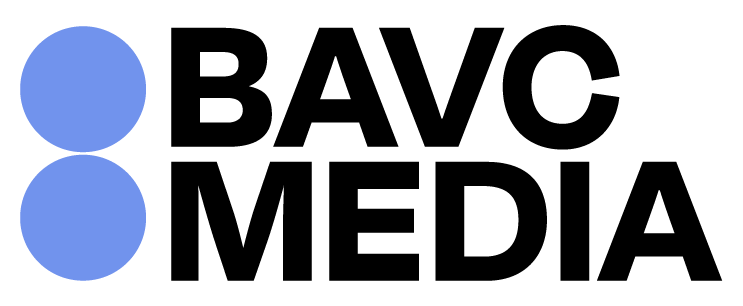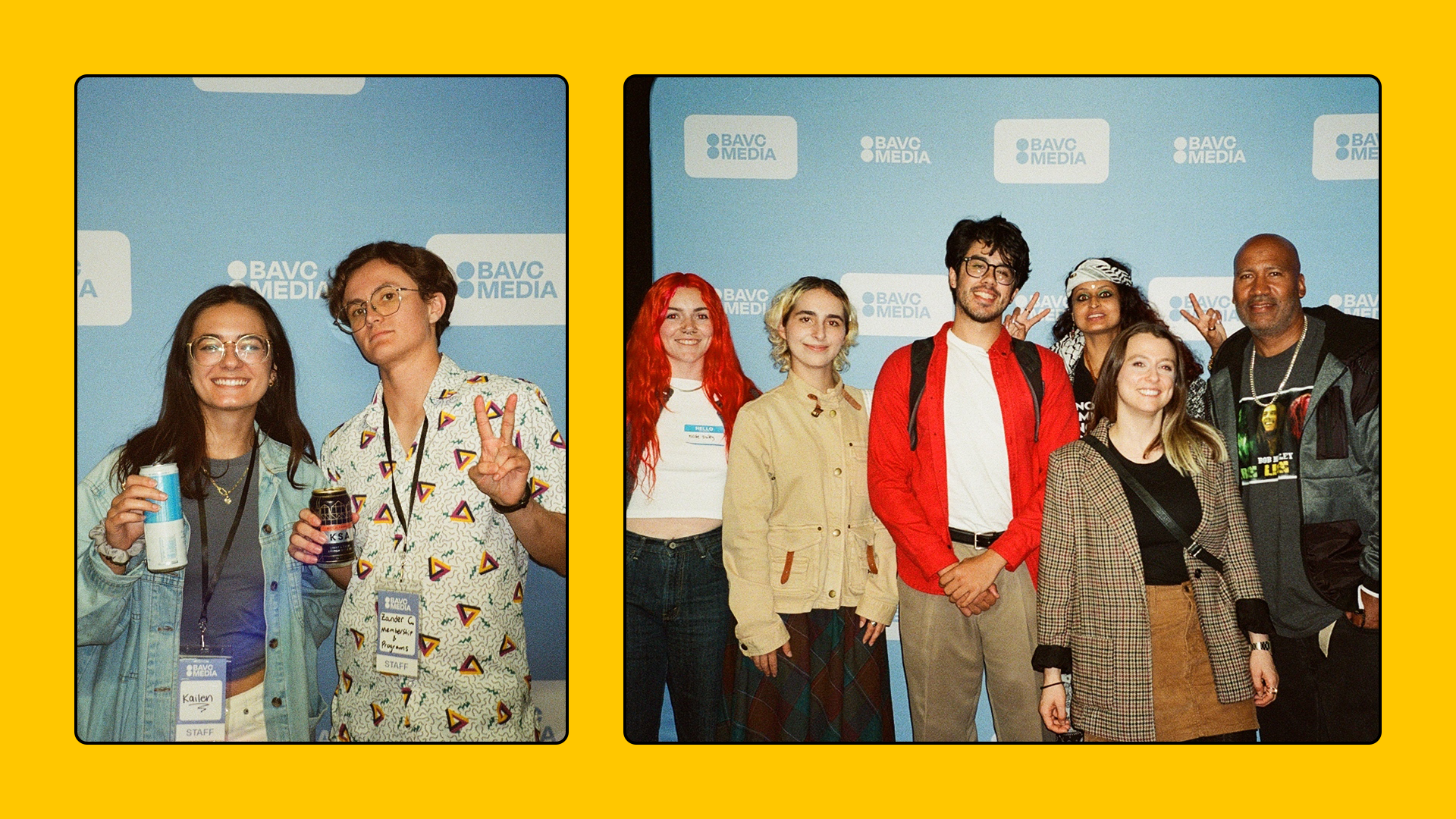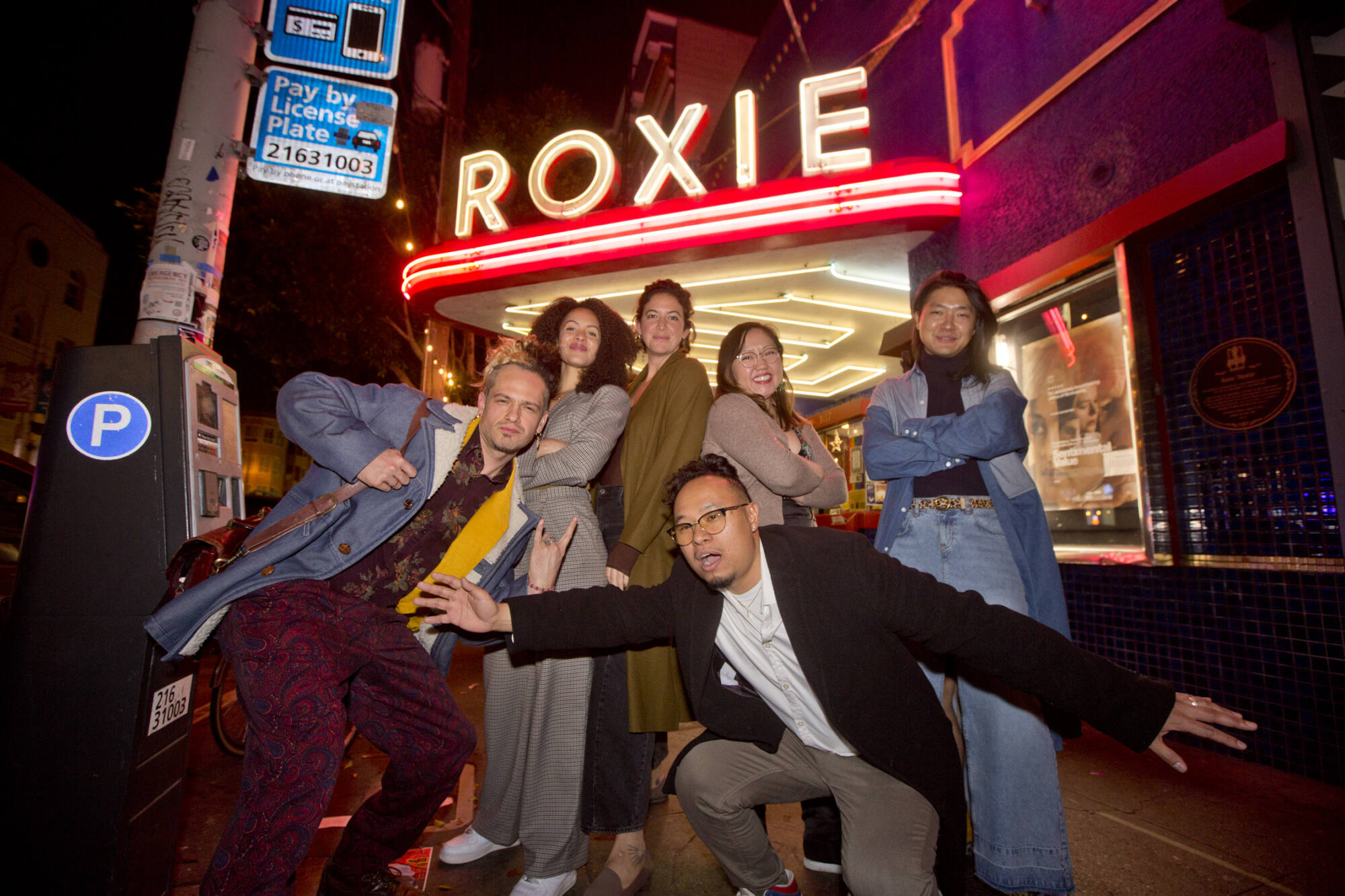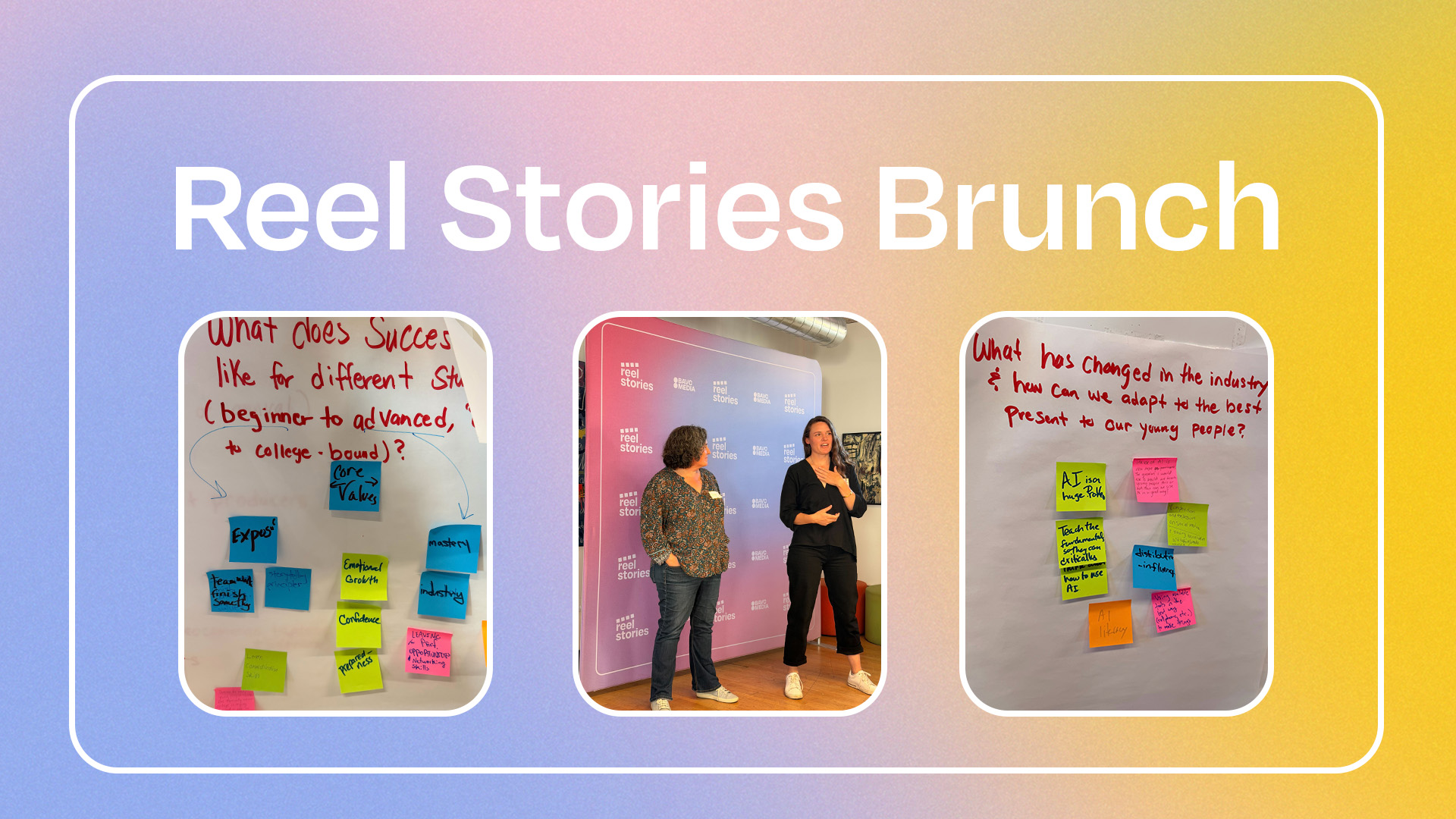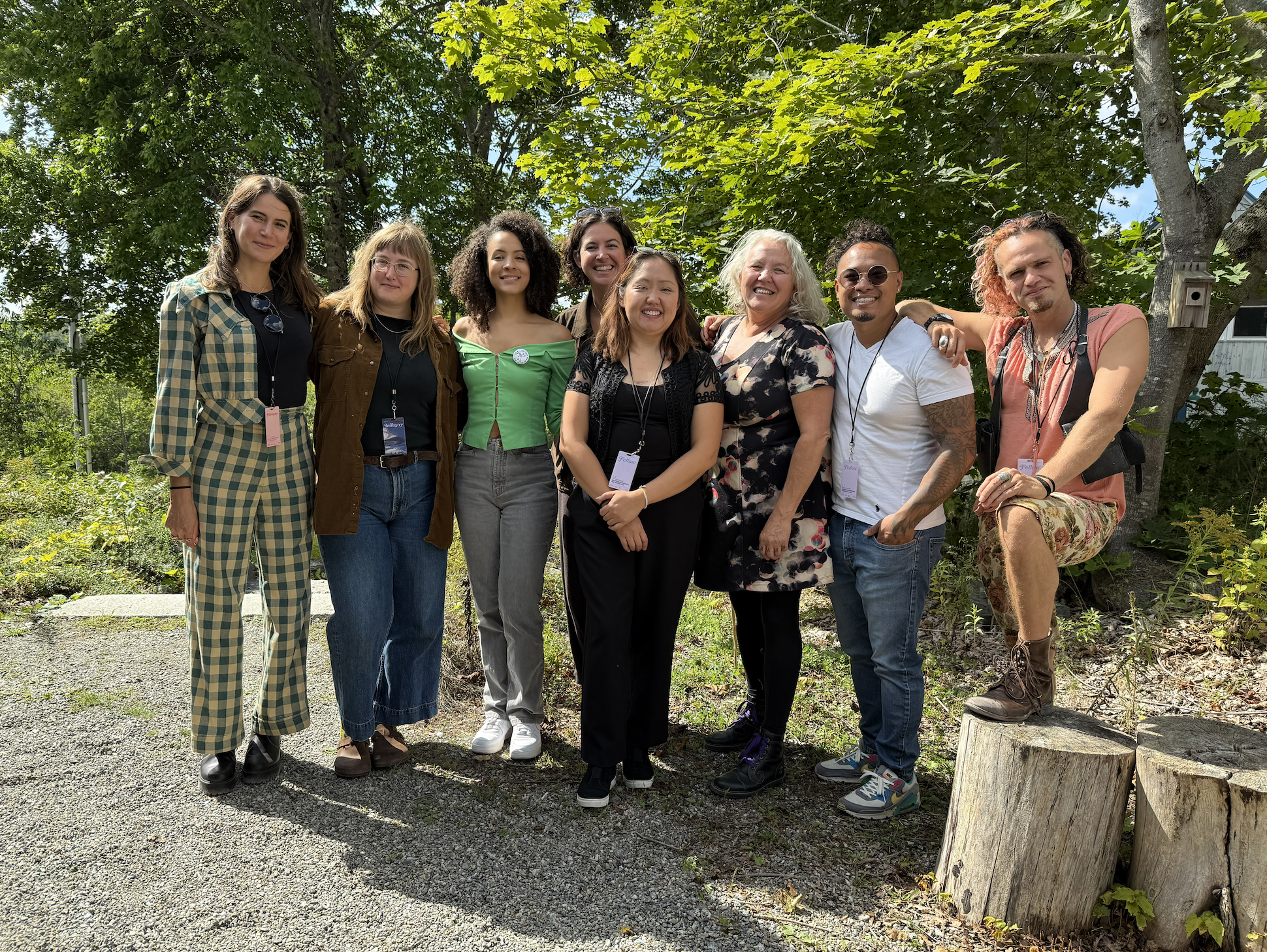Bay Area Film Production Memo
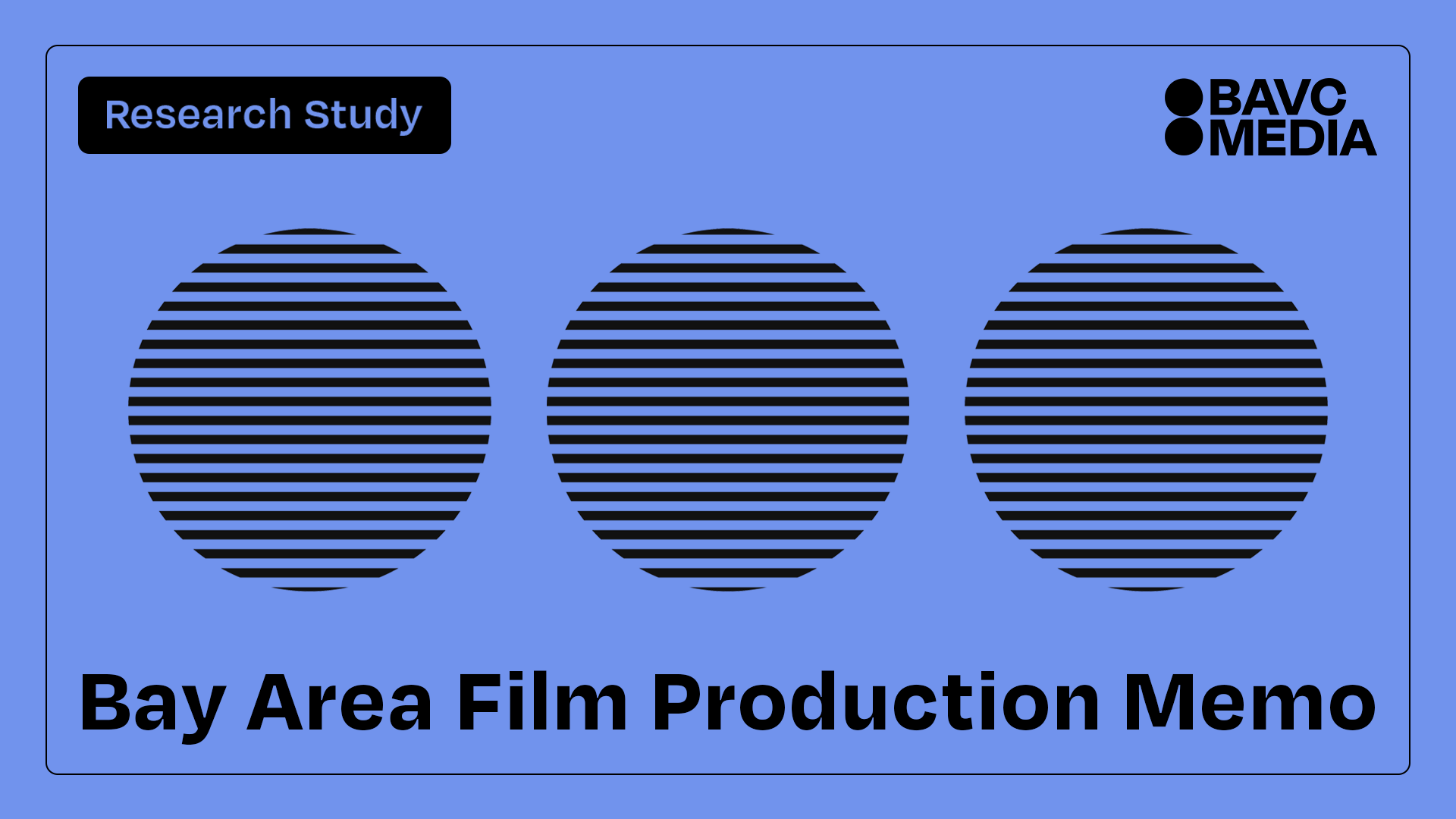
BAVC Media led research study aims to boost local film production in the Bay Area.
BAVC Media (Bay Area Video Coalition) has published the Bay Area Film Production Memo, alongside a nationwide research study designed to learn more about strategies to boost film production in the Bay Area, and associated economic and social benefits.
“This project is heavily influenced by our organization’s on-the-ground experiences engaging in field-building, providing training, workforce development, and artist development, for youth and adults in film and media.”
– Paula Smith Arrigoni, Executive Director of BAVC Media
The project was developed in collaboration with WolfBrown, with support from Film SF (the San Francisco Film Commission) and the Bay Area Media Maker Summit (BAMMS), East Bay Film Collective and essential funding from the Kenneth Rainin Foundation. The research involved consultation from an advisory committee representing the Roxie Theater, SFFILM, Ryzo Studio, Mindful Media, and the Kenneth Rainin Foundation.
The research behind the Bay Area Film Production Memo consists of two parts, as described by BAVC Media’s Research & Development Manager, Kailen Sallander:
“To understand the state of film and media today with the goal of informing our future, you have to look to your mediamakers at home and also look to your peers across the country. That’s why we chose to do two distinct research projects: the first being an in-depth Bay Area Filmmaker Survey in the nine counties of the Bay Area, to assess the creative and financial sustainability of making media in the Bay Area; and secondly, an interview project named Lessons from the Field, reaching out to a variety of industry leaders in seven states across the country, including: film commissioners, independent artists and non-profit organization representatives, to understand strategies and learnings from other markets that could inform models that would work for the Bay Area.”
BAVC Media’s research has already had a tangible impact on the local industry. The interview research report, “Lessons from the Field” was recently cited as part of presentations in support of a pilot Film Rebate Program in Oakland, which passed as a city ordinance by the City Council on July 2nd.
“Having formal insight into the needs of the Bay Area Media Makers community and recommendations on how best to meet those needs allowed us to successfully organize and campaign to bring the first film incentive program and film development office to the East Bay. BAVC Media’s reports were essential to this effort.”
– Sam Bempong, Co-Lead Organizer at the East Bay Film Collective
Key takeaways about Bay Area film and media makers from the research:
- The median income among survey respondents is roughly in line with the general population of the Bay Area.
- 43% of respondents think the odds they’ll still be living in the Bay Area in three years are 50/50 or lower.
- Almost two thirds (63%) of respondents moved to the Bay Area as an adult.
- However, 32% describe their careers as “stagnant,” and 12% say it’s “declining.”
- Documentary filmmakers earn more money overall and derive a greater share of their income from their media work than narrative filmmakers.
- On average, respondents earn half their income from their primary media occupation and another 14% from other work in the media sector.
“Everyone had a lot to say about what’s great about the local film ecosystem and what the challenges are, but there was very little data to back those assertions up. The new survey doesn’t answer all of the questions conclusively, but it begins to paint a picture of the regions’ film sector. It highlights issues that warrant further investigation, and, perhaps most significantly, it demonstrates the value of thinking of the Bay Area’s film community as part of an interconnected ecosystem.”
– John Carnwath, Associate Principal at WolfBrown
The Production Memo highlights the opportunities that exist in the Bay Area with a focus on three priority areas: 1) Incentives in the form of local government initiatives such as tax credits and rebate programs, 2) Workforce development to ensure that productions hire local talent, further generating positive economic impact, and 3) Infrastrastructure was cited as paramount to securing large-scale production, with several respondents lauding the success of their physical space.
Perhaps the most important piece of the Production Memo is in highlighting the role of community and the feeling that timing is key. Authors Paula Smith Arrigoni and Kailen Sallander, conclude:
“We recognize now as the moment when “the right people are coming together” in the Bay Area. We have increasing support and engagement from government agencies, community-based organizations, independent artists, and local studios. Now is the time for strategic planning, educating elected officials, increased coordination, and securing capital investment. Growing the Bay Area film and media sector requires sustained collective effort.”
The Bay Area Film Production Memo and research reports are available to download here.
